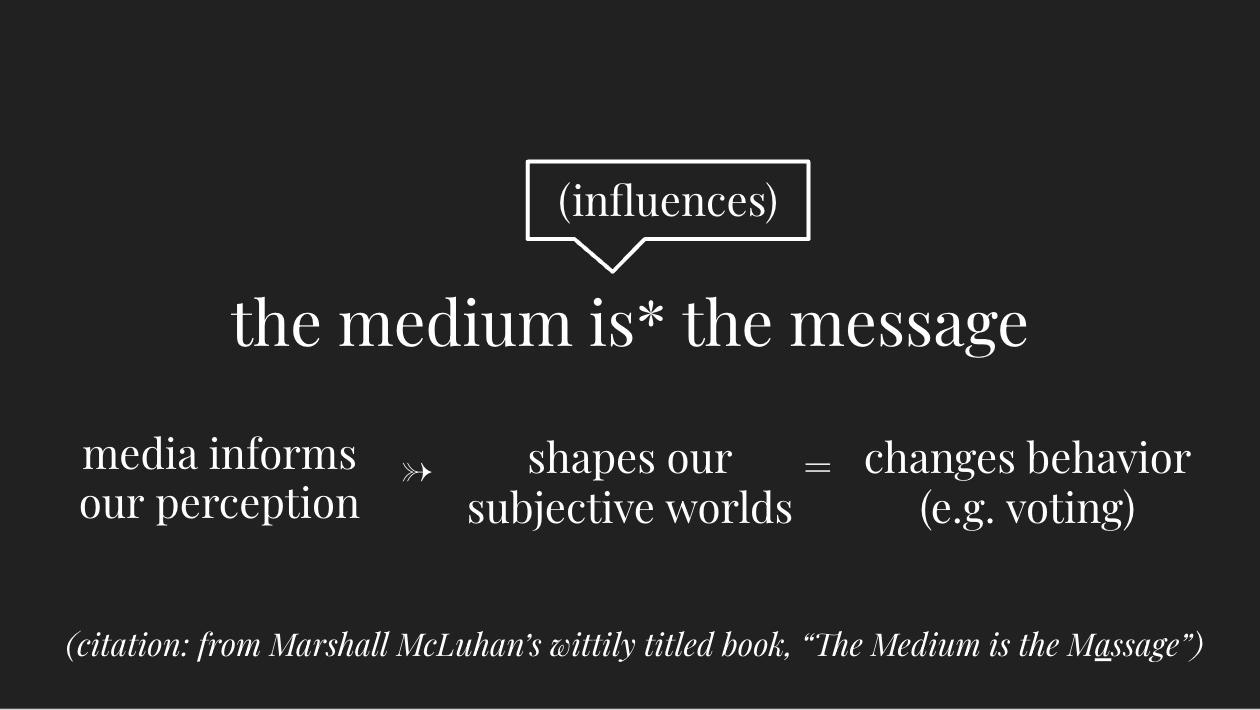The emergent poetics of play: custom-designed mechanics for effective communication
“The Mechanic is the Message” by Chris Swain frames serious games as an opportunity for experiential learning, especially fruitful when the mechanics (player actions and system response) align with the game designers’ intended learning objectives, values, and ethical messages. The paper offers six guidelines for helping designers create a “successful” game (a game that communicates its intended messages effectively):
- Integrate Subject Matter Experts Throughout
- Identify and Prioritize Learning Objectives
- Embrace Playcentric Design
- Learn from Learning Science
- Maximize Credibility through use of Objective Information
- Formally Assess Learning
Essentially, ground your custom mechanics in real-world knowledge about the subject and theories of learning, playtest and iterate early and often (RITE), and maintain consistent and coherent design criteria that will help you make the trade-offs necessary for translating concepts into the game medium.
I find this reading especially insightful in its recommendation that serious games should use custom-designed mechanics that reflect real-world concepts and draw upon a variety of supporting secondary research in order to make best use of the medium. Like the paper discusses, I believe games allow for unprecedented player agency within a constrained possibility space, which author-led mediums such as novels and film do not possess due to their own unique translation of time. Unlike a one-way story, players can interact with multiple emergent challenges and a variety of endings that are both “acceptable” and “unacceptable” within the safe space of the magic circle (such as “winning” a game about gerrymandering through enacting real-world strategies; “The Redistricting Game” supports players’ learning about the political mindset for their own self-growth and future behavior, without impacting the current real-world environment). Similarly, drawing on Henry Jenkins III and Randy Hinrichs in Games to Teach, while less experienced designers will fall back on more “generic game templates” like trivia and Pacman to teach, it is necessary to create custom (or at least, more thoughtfully relevant) mechanics that match the intended system and values for more effective communication.
This paper adds richness to how I regard the importance of storytelling and a work’s “internal coherence” in aesthetic choices (and for games, their mechanics / dynamics / aesthetics) to reflect the message. Because the authors recommend “custom-designed mechanics,” they can only offer generalizable guidelines with case studies rather than reusable game templates beyond trivia and pacman. Nonetheless, I find this is extrapolatable to practices of storytelling in data journalism, where effective visualizations and explorable explainers also make use of “custom-designed graphics” with visual marks targeted for the intended insight, even though there are generalizable forms like tables and bar charts for more straightforward information. Similar to video games, interactive data journalism was really made possible with the advent of the Internet (especially with the breakthrough NYT story “Snow Fall” on how multimedia offers new ways of experiencing a story), and they are both “in their infancy” because frankly, we are still exploring how to translate open-ended concepts into constrained possibility “magic circles” (pending: a longer discussion on traditional media and linear storytelling, and how multimedia supports new forms of immersion, particularly to how they demand different types of attention and engagement from readers / users / players — I love thinking about this topic!).
The importance of custom-design can also be framed as an insistence on the importance of metaphor in more “traditional” author-led mediums like novels that interweave a multiplicity of themes within a “single” story, as the game medium also requires design trade-offs with entertainment value (and the types of “fun”) for long-term engagement. Ursula K. Le Guin writes in her preface to The Left Hand of Darkness, “All fiction is a metaphor … A metaphor for what? If I could have said it non-metaphorically, I would not have written all these words, this novel.” I could read a one-page summary of the novel, but I would not experience the characters’ interiority and shifts in perspective through the scaling of “in-story time” with my “real-world reading time.” Similarly, as Ian Bogost puts it, games can persuade through “procedural rhetoric,” and I find tension with how we must make trade-offs with translating our games’ core messages in accordance to the formal elements of games (also by Tracy Fullerton). The “metaphor” in games is an extended one that must account for the (constrained) variety of choices a player can make, especially with the emergent dynamics from system pressure and the agency of other players. A game’s extended metaphor — how it reflects a real-world system and designer values — is then not poetic language, but in what I am calling “poetic procedure”: novelists layer multiple interpretations (and emergent ones) in their stories, game designers similarly must layer multiple sets of actions (and account for emergent ones) in their games, in order to successfully communicate a scaled-down model of real-world complexity.
All this to say, we are on an exciting new horizon for (re)defining the potential of serious games, and I am excited to explore this further in the future!



